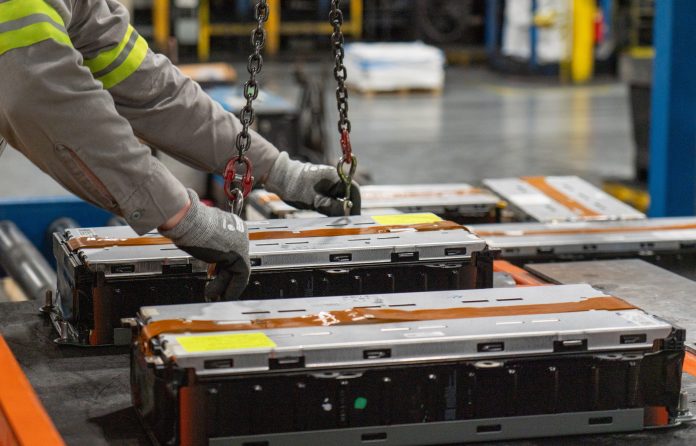Cirba Solutions highlights the importance of battery recycling and how it must be scaled up to meet the global demand for critical minerals.
Demand for advanced batteries is not slowing down, and organisations across the globe are making strides to emerge as leaders in the battery recycling and critical minerals market.
To compete globally, regions must increase their capacity related to the processing and refinement of critical minerals that are put back into supply chains.
This increased capacity will enhance global competitiveness, support the rising demand of gigafactory production, and help close the critical minerals (nickel, cobalt, etc.) gap that is seen in manufacturing.
The global need to increase battery recycling capacity
It is predicted, on a worldwide scale, that the oversupply of lithium in the market is nearing its end and that the critical minerals market will begin to experience an undersupply as early as 2026.1
By 2030, lithium will see a supply and demand gap that is considered high risk, according to the International Energy Agency, due to price volatility and high geopolitical risk factors in the countries from which it is currently sourced.
Nickel consumption by the battery industry will grow at a Compound Annual Growth Rate (CAGR) of 13.1% between 2023 and 2034. Furthermore, recycled content is expected to make up 23% of the global cobalt supply by 2030, according to recent market data, with the increase of production and refining capacity in recycling.
Diversifying supply chains
With all of this in the pipeline, it’s important to understand why and how recycling contributes to the overall market needs and the diversification and stabilisation of battery recycling supply chains.
There is an enormous amount of feedstock already in the marketplace, including batteries that are currently in devices being used by consumers and communities and from OEMs in the form of end-of-life and scrap batteries. Combine that with the increased capacity for processing used lithium-ion batteries, which is currently happening across the globe; countries can strengthen their supply chains by ensuring that feedstock is recycled to keep the critical minerals that they already have within their borders.
Because of the implications related to national security, global competitiveness, and stronger supply chains when it comes to being a leader in the critical minerals market, battery recycling is receiving an increasing portion of investments globally that will help to propel this industry forward.
A lot of money has been spent on extracting minerals from the ground, and recycling is imperative to ensuring those efforts are not wasted and that those materials are used over and over again.
To further put it into perspective, critical minerals from recycled batteries that are used to make new ones are expected to rise from 7% in 2024 to 26% in 2030.2
Impact
This supply and demand gap is not just about electric vehicles (EVs) – it is truly about critical minerals. For example, batteries play an increasingly crucial role in technological advancements, from data storage centres to keeping the grids powered to powering the devices that are used throughout daily life – cell phones, laptops, toys, etc. These are all powered by batteries that have critical minerals.
Without access to critical minerals, consumers cannot use their smartphones, communities cannot power the grid that services their residents, packages cannot be delivered to homes, and more.
To support the continued production of batteries, as well as technology advancements, it’s critical that supply chains utilise diversified sources, like recycling, to help meet the expected supply and demand gap.









